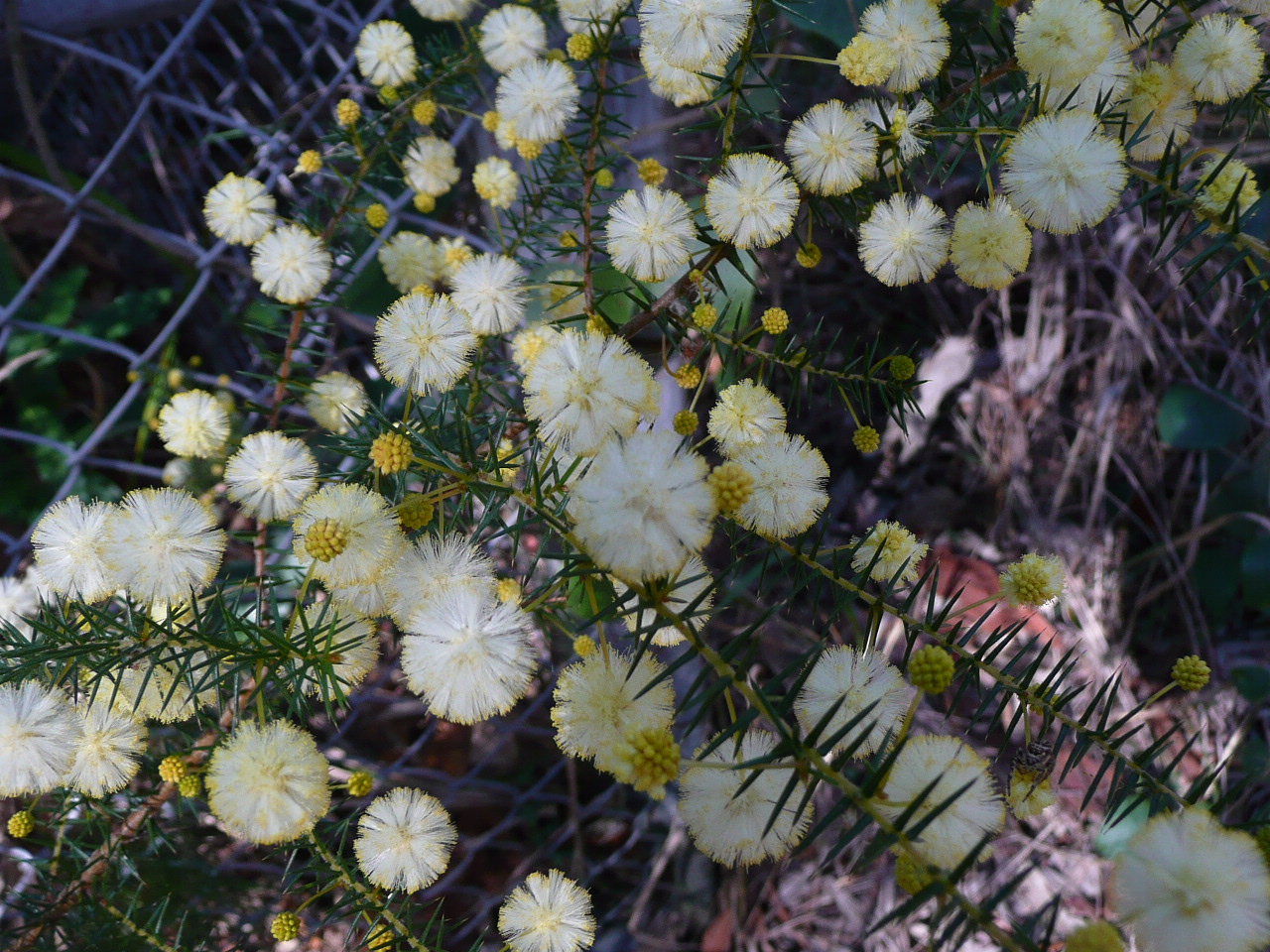
Acacia ulicifolia
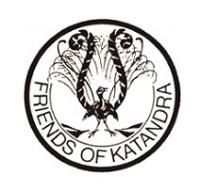
0431 857 407
Wattle is Australia’s national floral emblem and National Wattle Day is celebrated on 1st September every year. The first use of wattle as Australia’s unofficial floral emblem was in Tasmania as far back as 1838, however it was not until 1988 that this was officially proclaimed.
Wattle Day was originally conceived as a day to demonstrate patriotism for the new nation of Australia by wearing a sprig of wattle. The day now has wider significance as a day to celebrate our natural environment, our flora, our rainforests and bushland, our coastal heathlands and desert dunes.
It had its beginnings back in 1889 when there was a suggestion of the formation of the Wattle Blossom League, however it was not officially gazetted as “National Wattle Day” until 1992.
Wattle is the name used to identify plants of the acacia genus of which there are more than 700 species in Australia, 195 in NSW. They belong to the Fabaceae (or Leguminosae) family (Mimosoideae sub-family) and
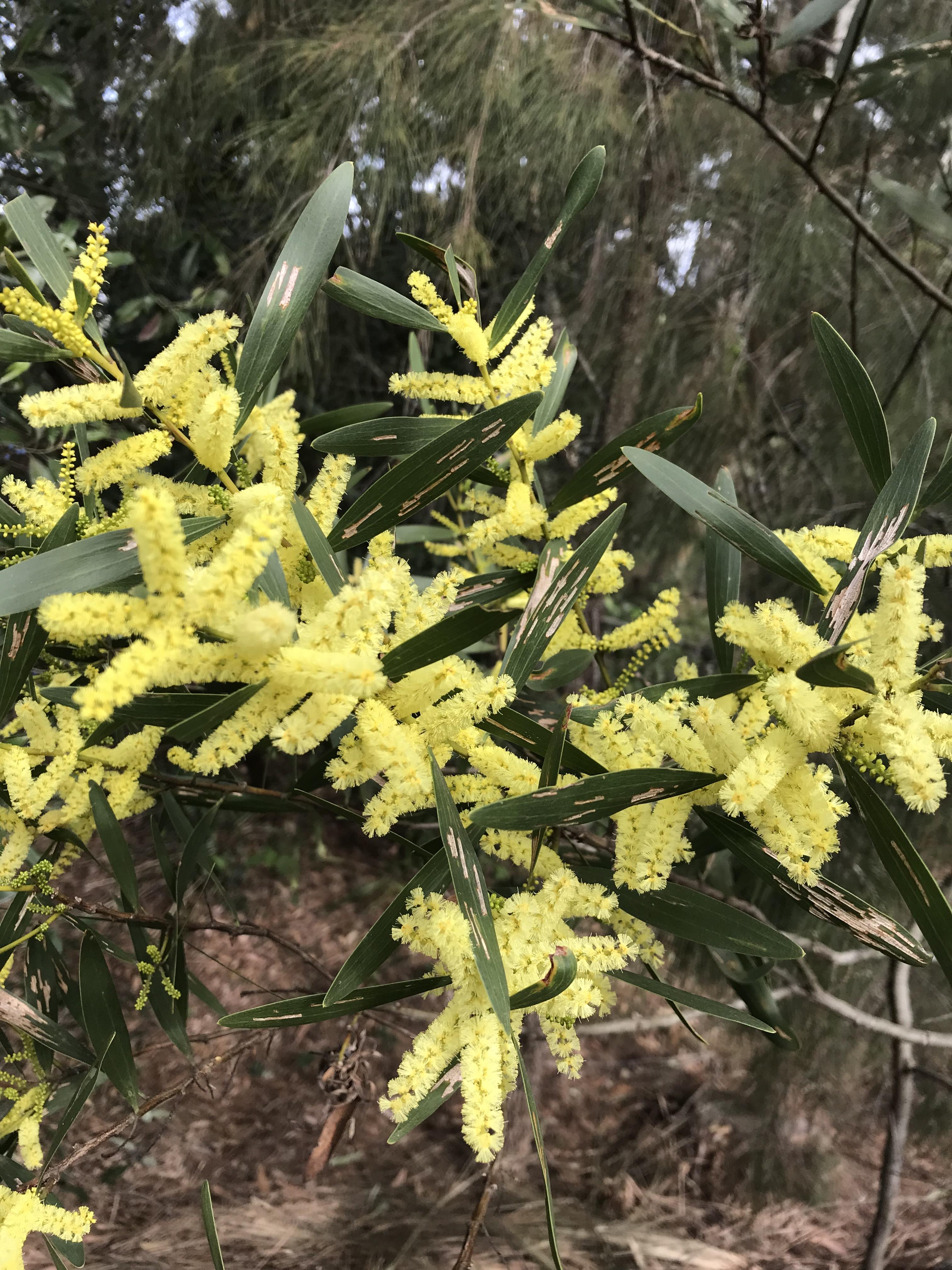
Acacia longifolia
range from low spreading shrubs to large trees. Flowers may be spherical (globular) or rod (elongated) shaped, ranging from pale yellow to deep orange.
Throughout Australia’s history wattle has been an important resource, supplying timber, gum, bark and a variety of foods. Wattle timber has been prized for its hardness and durability, favoured for making axe handles, spears, digging sticks, boomerangs and for use as firewood. Seeds, seed pods and roots were often roasted and eaten. Gum and sap have been eaten as well as being used as an adhesive. Bark has been used for making nets, bags and footwear. Some barks have chemicals that have a stupefying effect on fish making it easier to catch them.
The name wattle was somewhat accidently applied to species of the acacia genus of plants.
Callicoma serratifolia was a native species of plant that was commonly used by the early European settlers for constructing “wattle and daub” huts. The word wattle is used to describe the interwoven lattice of branches to which is daubed with a mixture of wet soil, mud, sand,

A wall made of “wattle and daub”. Wattle refers to the lattice of sticks which is daubed with mud
straw and other materials to form the walls. This species of plant was called “Black Wattle” because of this use. Black Wattle Bay in Sydney Harbour is named after this tree. Black Wattle is not an acacia, it
belongs to the Cunoniaceae (Christmas Bush) family, however its flowers do resemble those of the acacia genus, hence the “wattle” name was also applied to these plants.
There are 8 species of wattle found in Katandra –
Acacia elata (Cedar Wattle)
A. linifolia (Flax-leaved Wattle)
A. longiflora (Sydney Golden Wattle)
A. longissima (Long-leaf Wattle)
A. oxycedrus (Spike Wattle)
A. suaveolens (Sweet Scented Wattle)
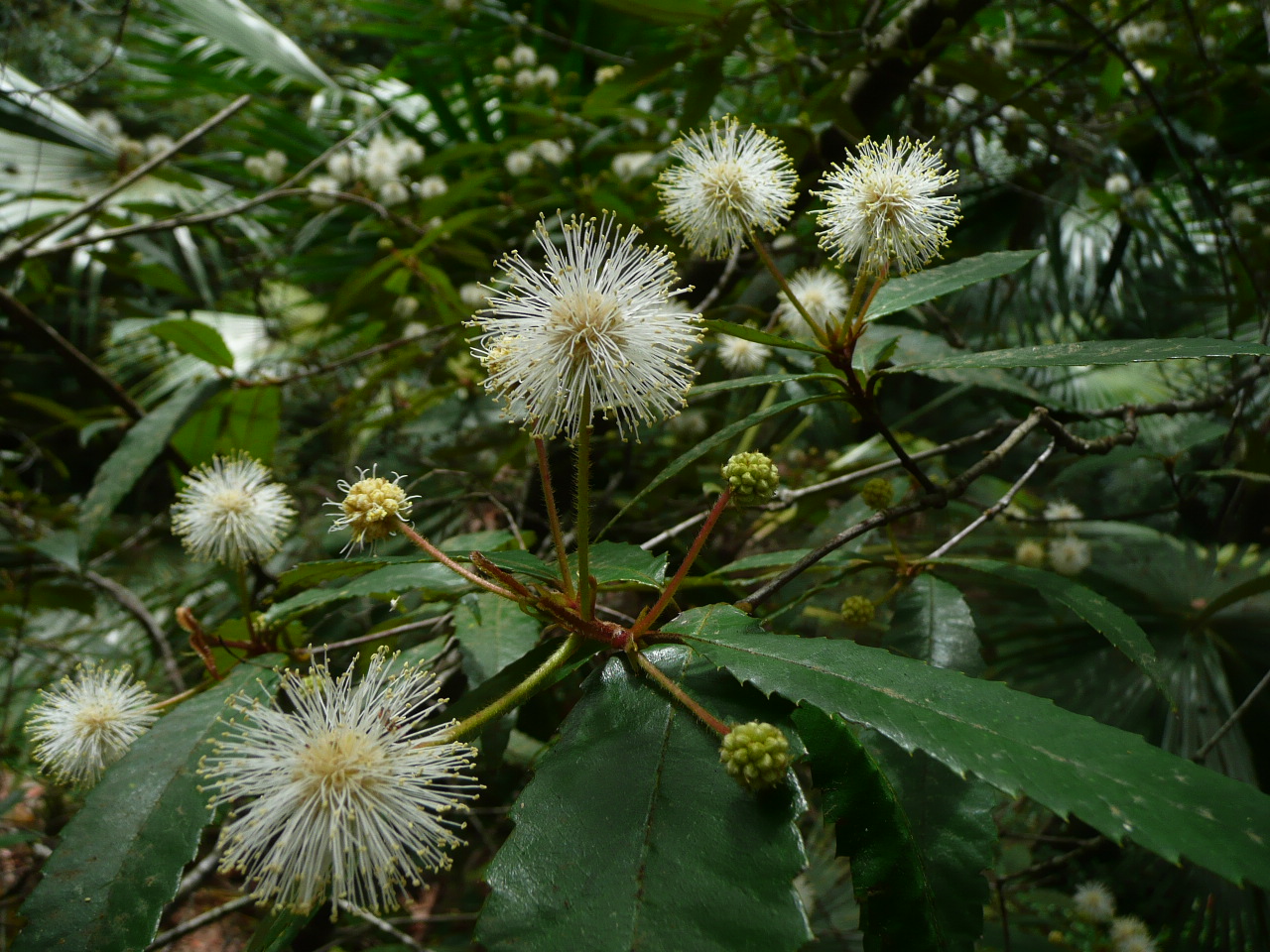
Callicoma serratifolia ("Black Wattle" - not an Acacia)
A. terminalis (Sunshine Wattle)
A. ulicifolia (Prickly Moses)
Callicoma serratifolia (Black Wattle) is also found in Katandra.

Acacia ulicifolia
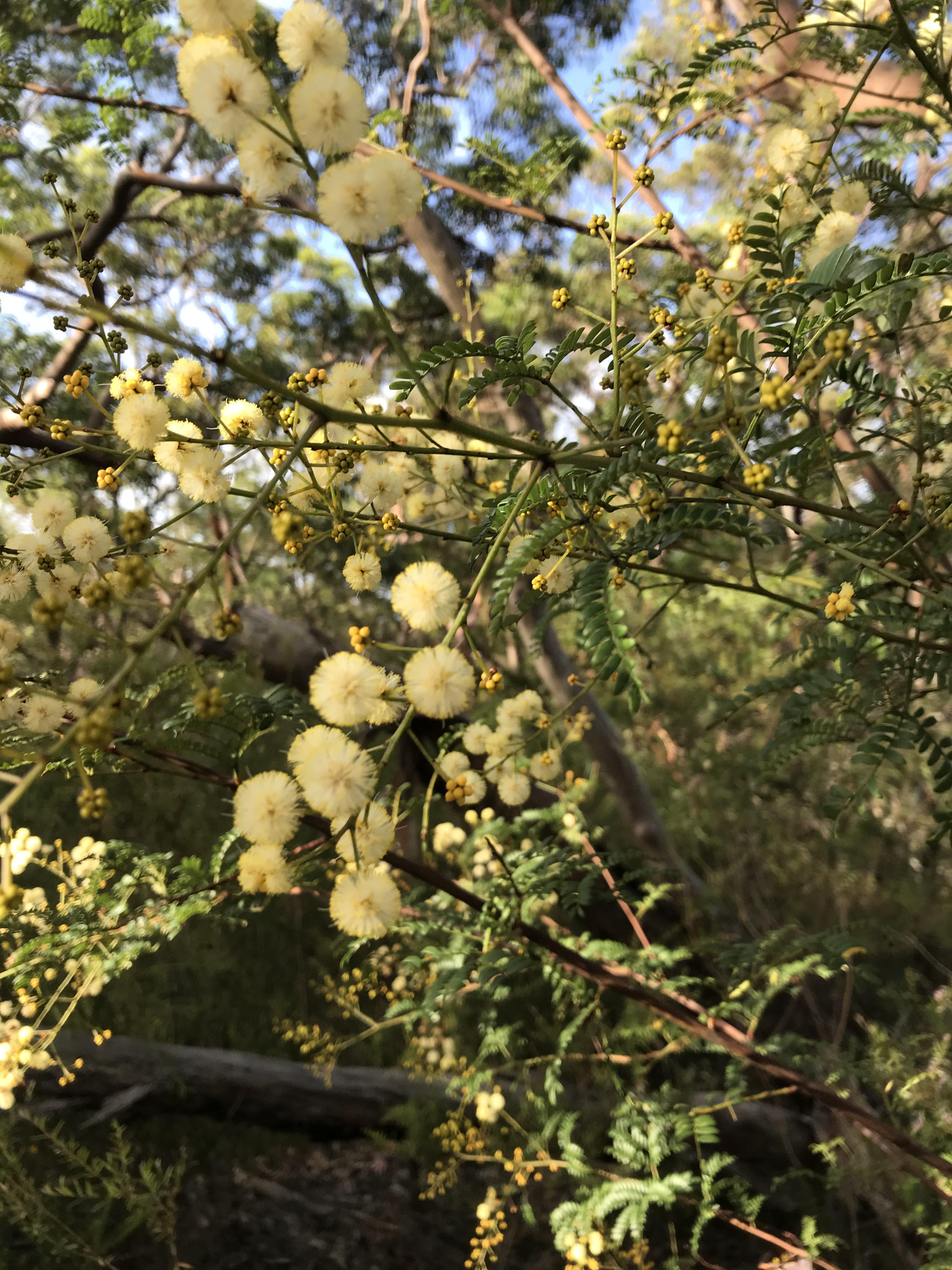
Acacia elata
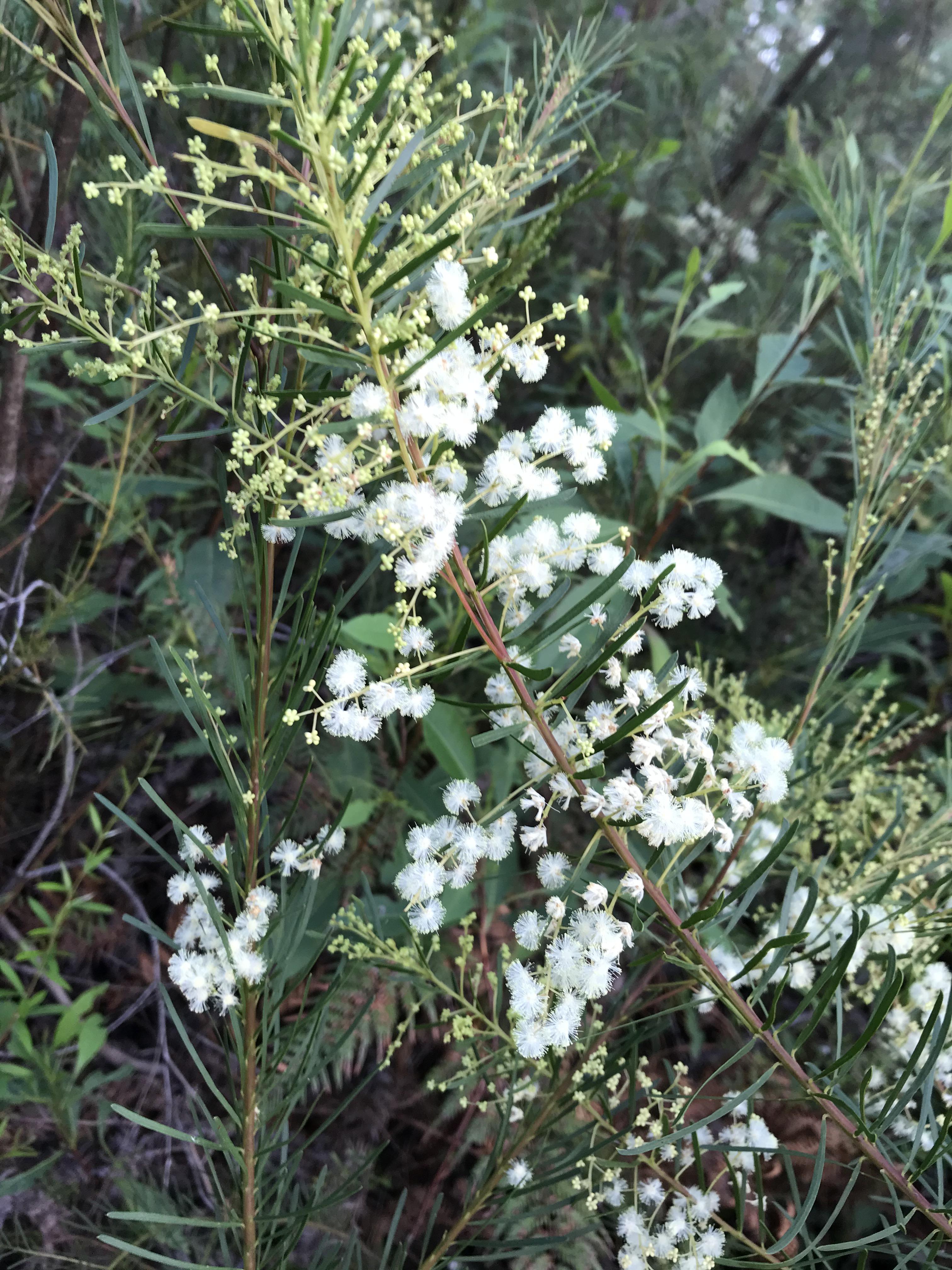
Acacia linifolia
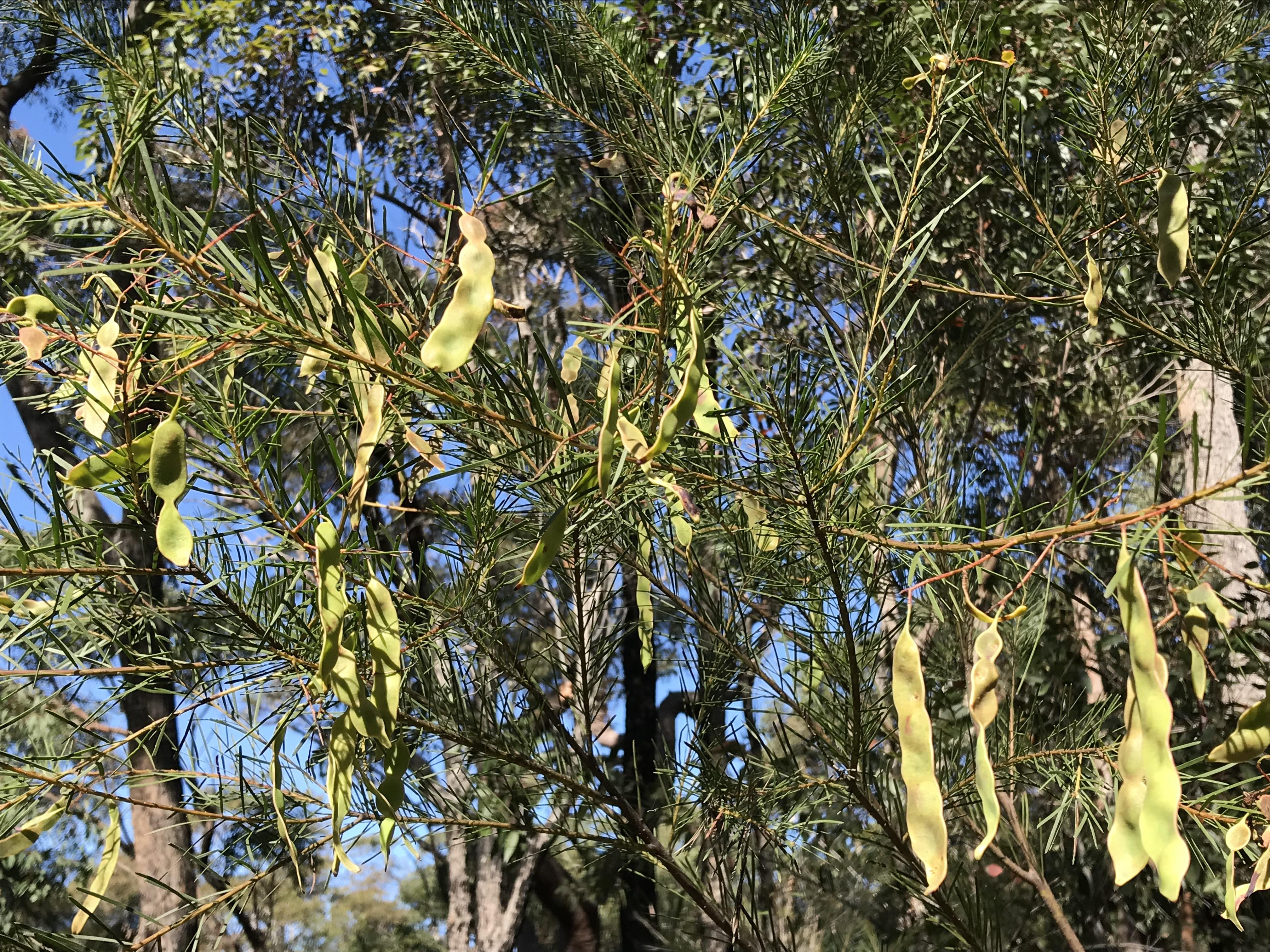
Seed pods of Acacia linifolia
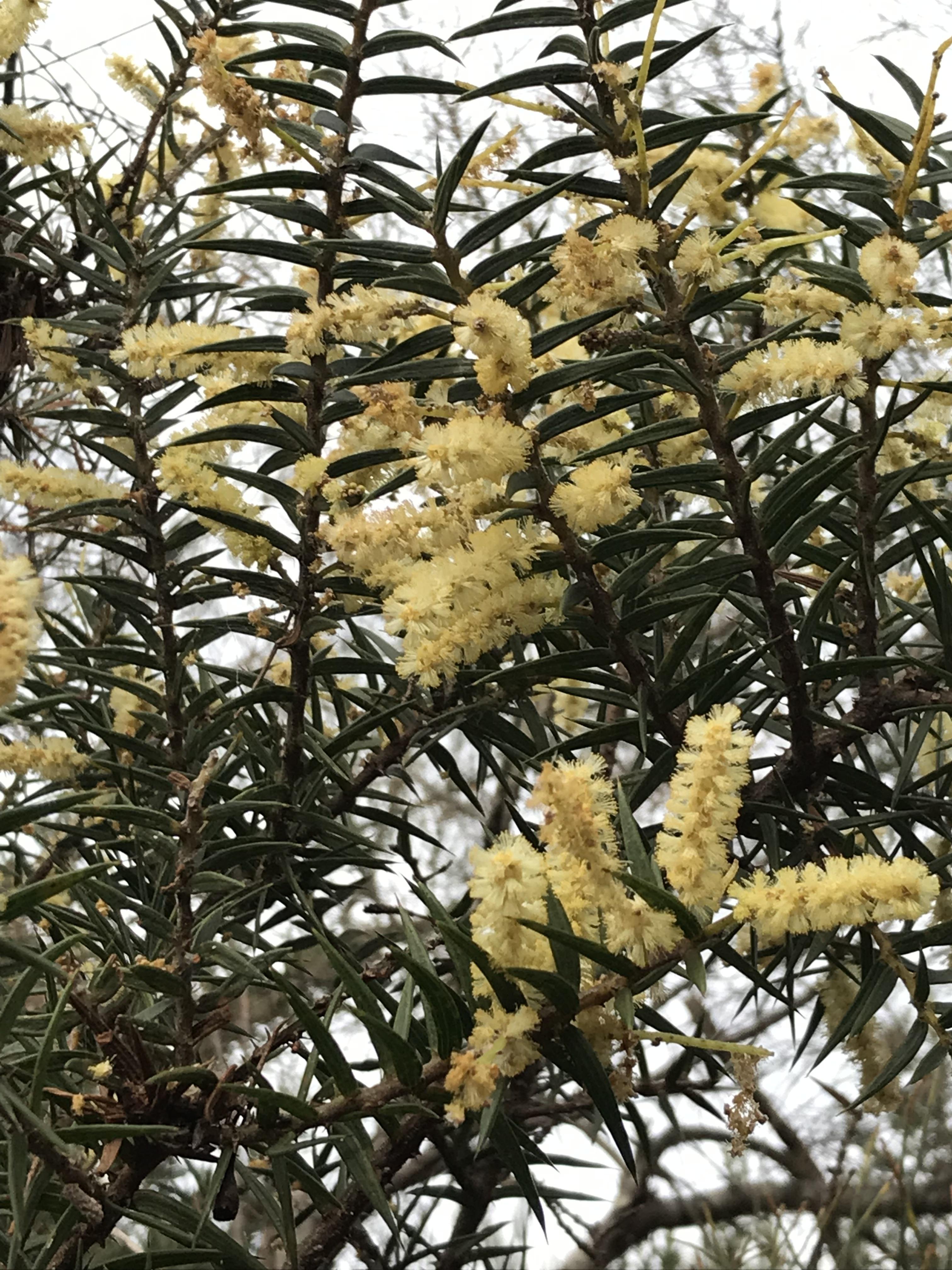
Acacia oxycedrus
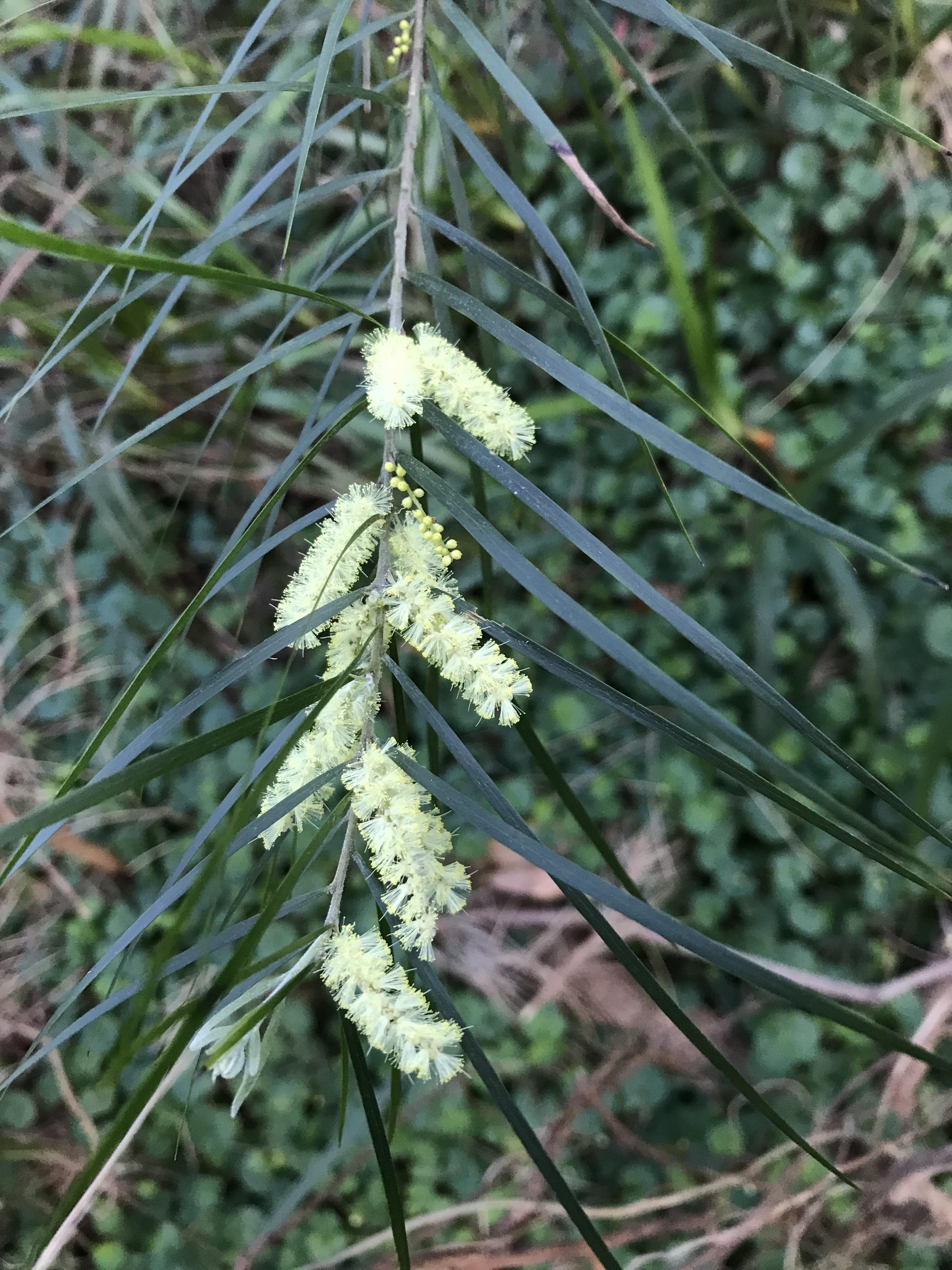
Acacia longissima
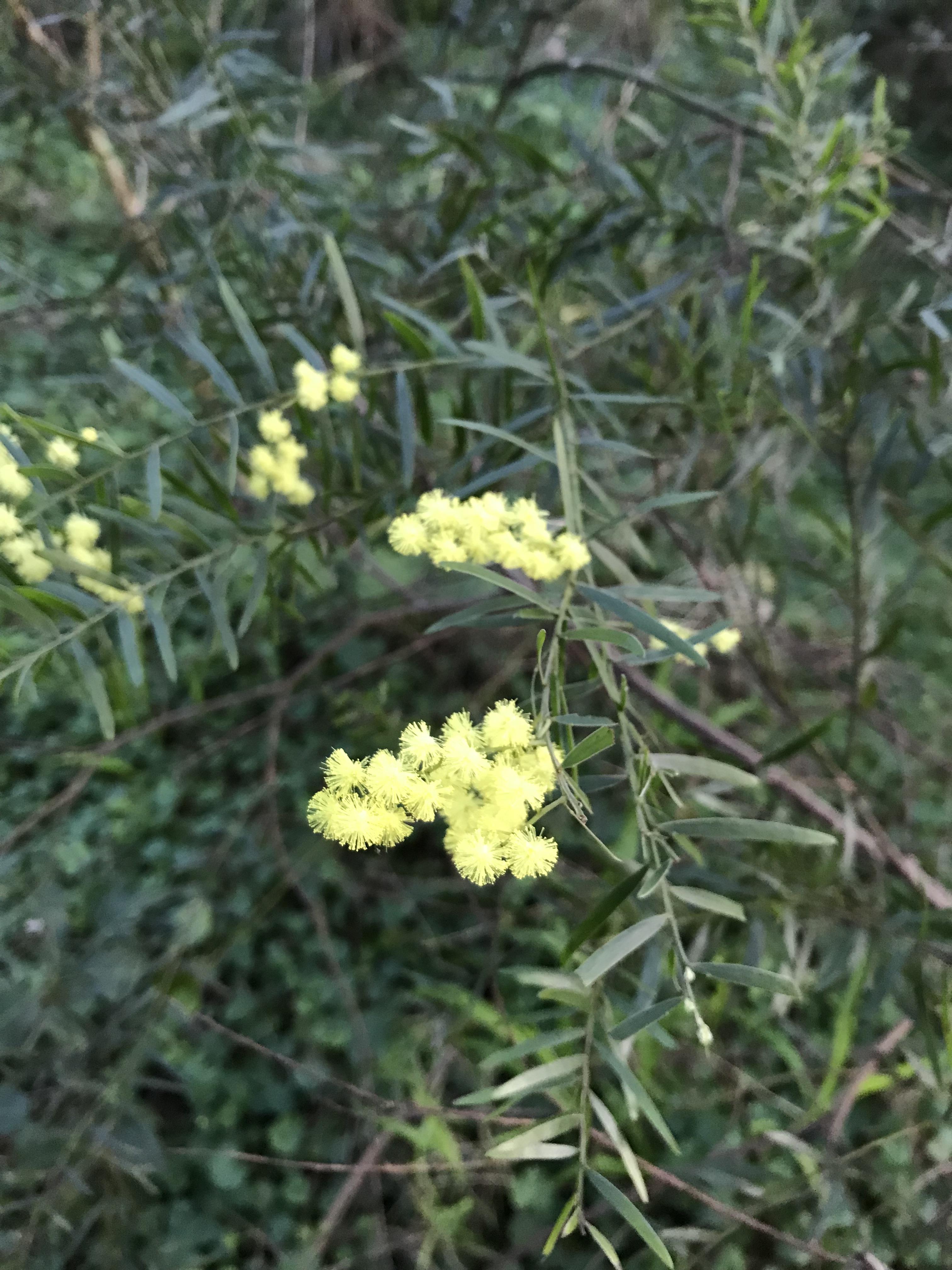
Acacia suaveolens
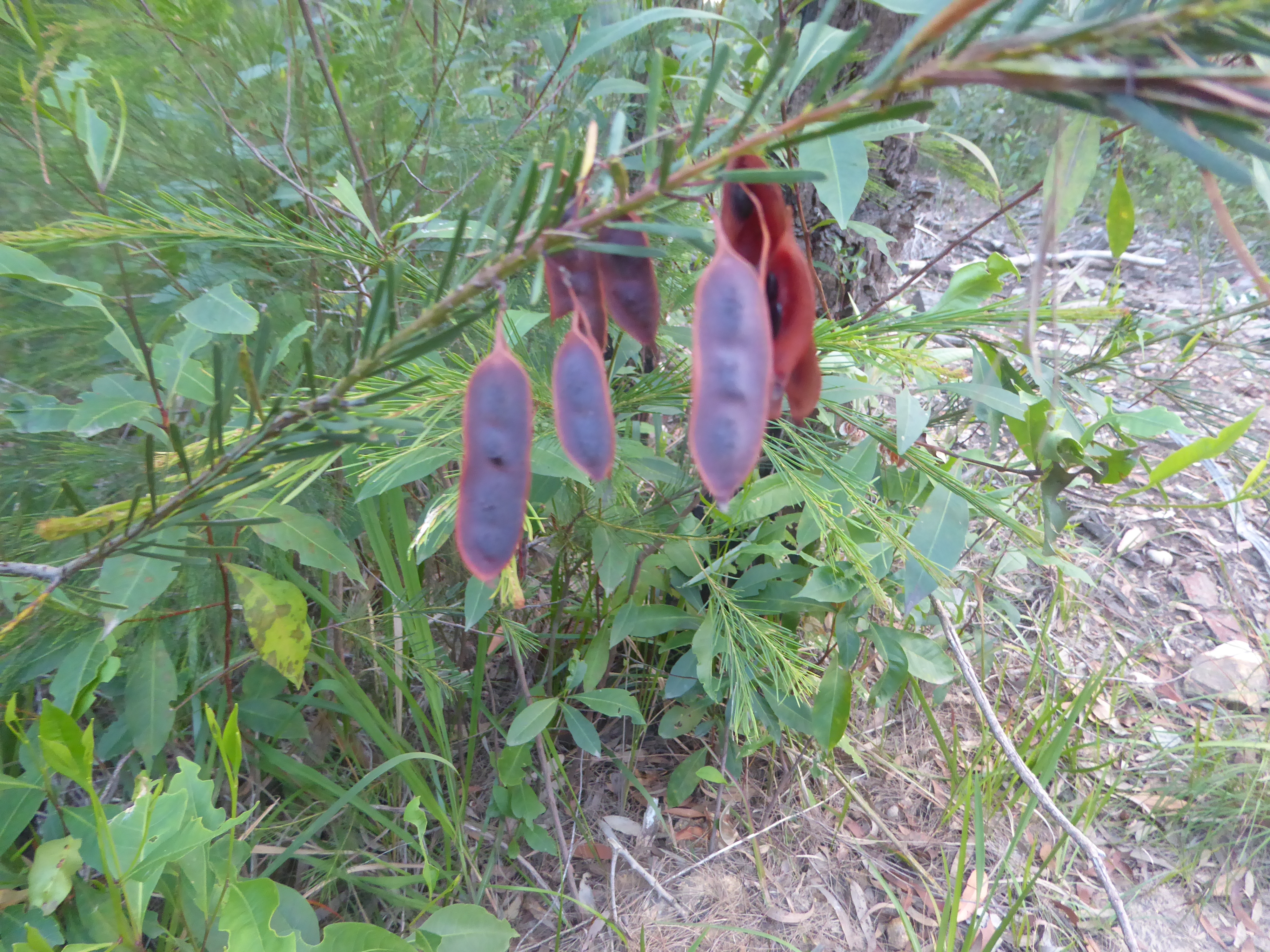
seed pods of Acacia suaveolens